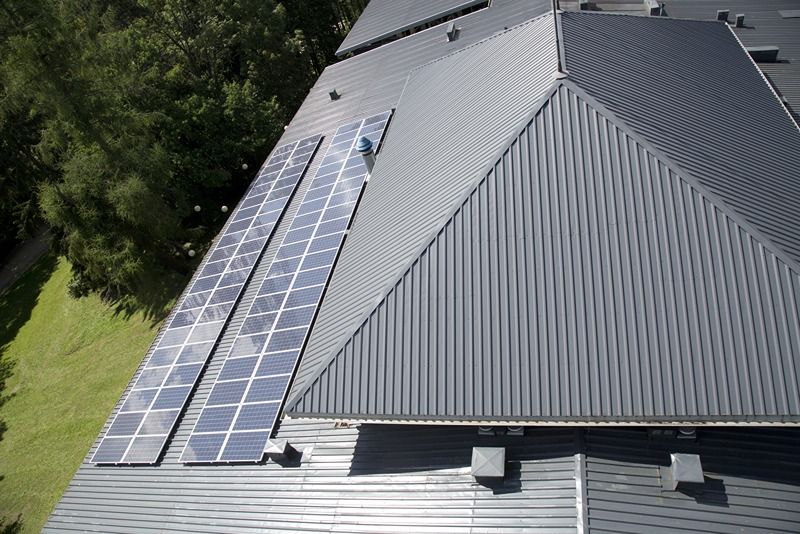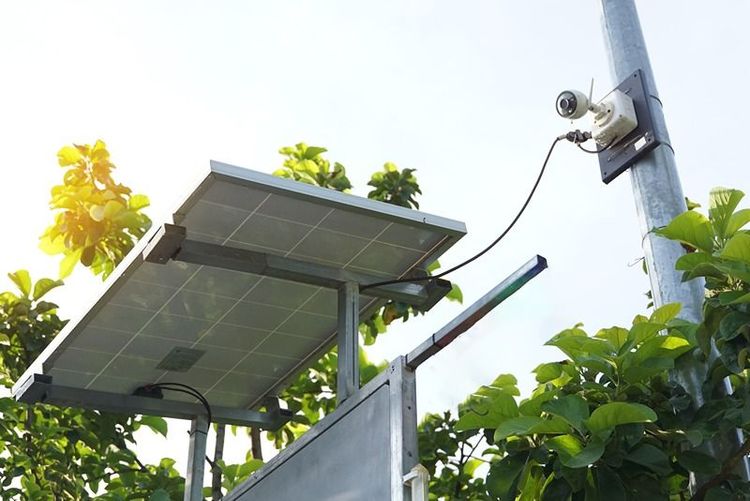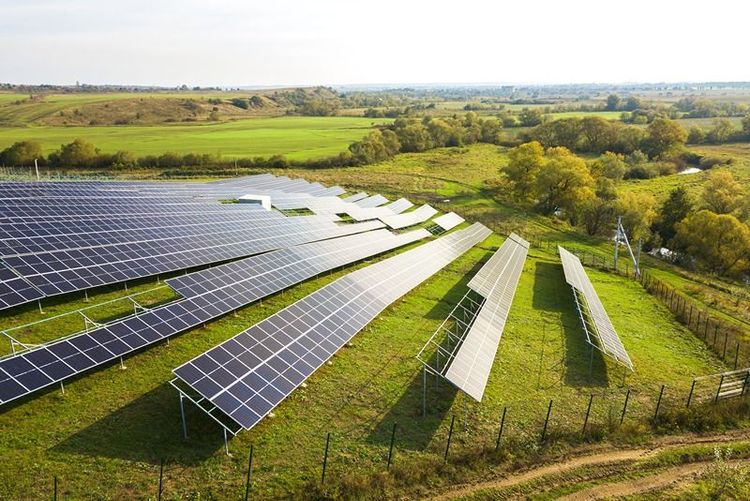Steel is popular for solar panel mounts due to its strength, durability, and adaptability. In ground mounts, steel structures serve as robust foundations, securely anchoring solar panels amidst varying environmental conditions. These mounts often employ galvalume steel, boasting a thickness of 40 microns, compared to 80-160 microns for hot-dip galvanising (HDG), enhancing corrosion resistance and ensuring longevity, with a lifespan of 25 years, surpassing HDG's 15-year mark.
Conversely, in roof mounts, steel components integrate seamlessly with the building's structure, furnishing a stable base for solar panels. With a strength of 550 Mpa, surpassing HDG's 345 Mpa, and significant cost savings, steel is a preferred option. Its high strength-to-weight ratio allows for efficient material usage without compromising structural integrity. Moreover, steel's versatility allows for tailored engineering to suit various roof types and configurations, providing installation flexibility. Steel, whether in-ground or roof mounts, is indispensable, safeguarding solar panel systems' stability and enduring performance. Here is a detailed comparison of the pros and cons of each type of mount:
Steel ground mounts
Pros:
- Installation flexibility: ground mounts can be installed on various types of terrain, including uneven or sloped ground, making them suitable for locations where roof installation isn't feasible.
- Optimal sun exposure: ground mounts can be positioned to maximise sun exposure throughout the day, potentially increasing energy production compared to roof-mounted systems that may be limited by roof orientation or shading.
- Easier maintenance: ground-mounted systems are typically easier to access for maintenance and cleaning, as they are at ground level rather than on a roof.
- Scalability: ground mounts allow for easier future solar array expansion, as additional panels typically require more space.






 +91 7208055523
+91 7208055523
 Help & support
Help & support
